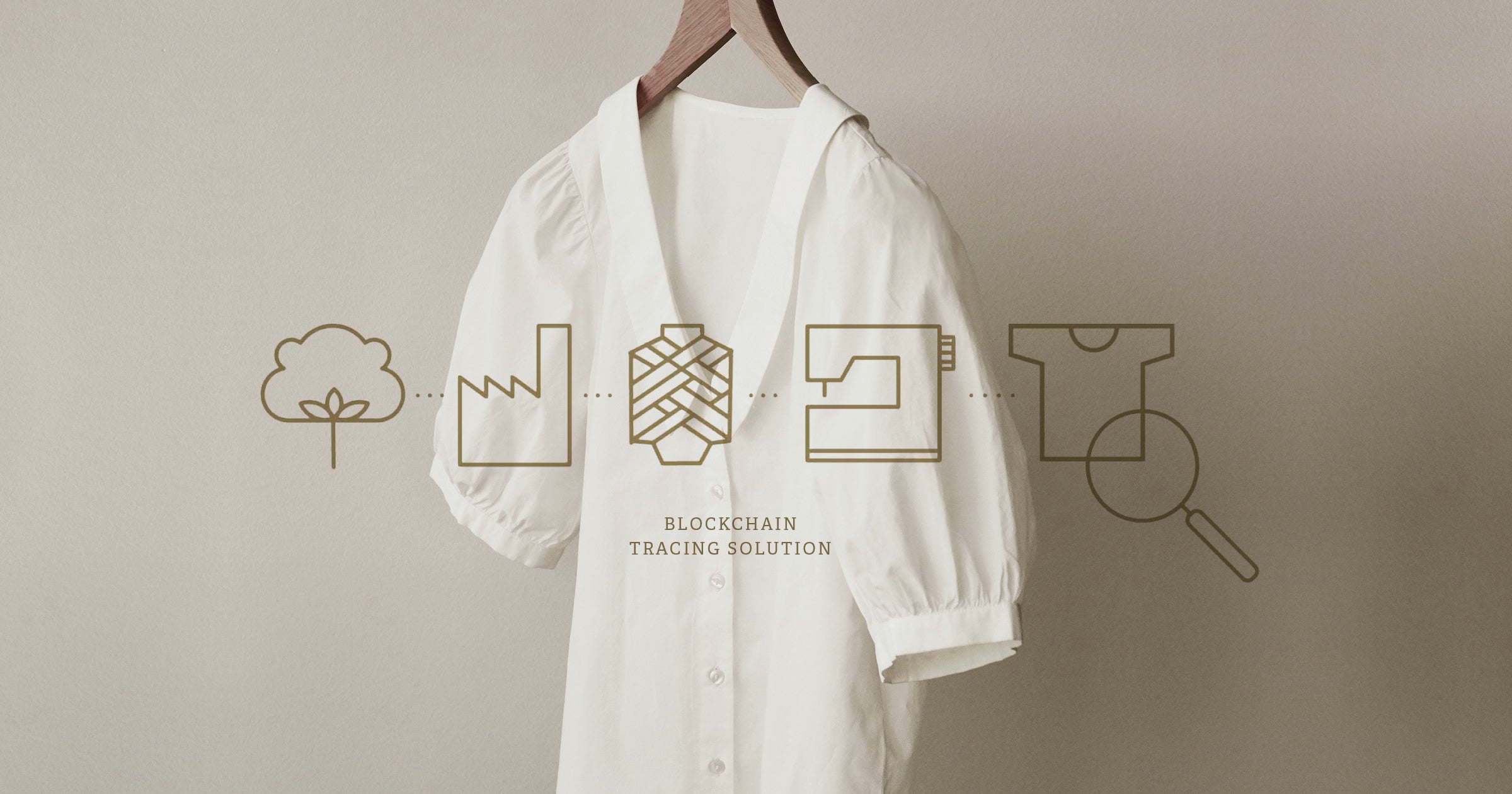
Bestseller says the move will allow it to trace 25m garments this year from raw material to end product using blockchain technology. That represents around 7% of the company’s total volume – a figure it notes will steadily increase in the coming years providing the project meets its objectives.
The partnership builds on several successful pilot projects and now sees Bestseller embark on the first part of the platform’s implementation phase with a group of key suppliers. The project will require significant input from the suppliers, who will now have to use TextileGenesis’ new platform, Bestseller says.
The aim is that this becomes an industry-wide tool, equipping suppliers with the capacity to deliver product-level transparency in line with expected EU legislation.
“Through our collaboration with TextileGenesis, we can ensure transparency and validation for a significant part of our fibres and products. It feeds directly into our Fashion FWD strategy, and will not only affect Bestseller but can lead the entire fashion industry in a more transparent and sustainable direction,” says Danique Lodewijks, senior project specialist at Bestseller Sustainability.
From 2024, the EU is expected to introduce a requirement for each product to have a digital passport, which provides information about the product’s environmental sustainability. TextileGenesis’ solution will help Bestseller meet those requirements, the retailer says.
“On some parameters, we have certainly not come far enough in the fashion industry when it comes to the ability to trace all our products, which will be a future requirement. On the other hand, with this collaboration we are taking a big step ahead of many others, as we already from this year are able to track several million products from start to finish,” Lodewijks adds.
The implementation of TextileGenesis’ technology has led to the onboarding and training of hundreds of suppliers across more than ten countries. In total, TextileGenesis expects to roll out its solution to 400-500 suppliers across all tier levels.
“We will gather feedback from the suppliers and with their input our objective is to create a system that is both workable and scalable for the entire supply chain. If this solution works the way it is intended, it would be a profound step forward in supply chain transparency,” explains Pernille Bruun, materials manager in Bestseller’s global supply chain.
“Through this platform we can trace every step in the production process, giving us access to information we have not had previously, and enabling us to deliver stronger transparency to our company and customers.”
Amit Gautam, TextileGenesis’ founder and CEO adds: “Bestseller has an extremely open, pragmatic yet bold approach to creating end-to-end supply chain traceability. This collaboration has challenged us to continuously innovate and create one of the most pioneering traceability systems in the industry.
“Focusing on complete fibre-to-retail traceability at scale, Bestseller is at the cutting-edge in the industry. It’s a significant step forward for the fashion industry, and partnerships like this one really pave the way for the entire industry to think and act boldly when it comes to supply chain traceability and transparency.”
Bestseller recently participated in global sustainable fashion innovation platform Fashion for Good’s ‘Viscose Traceability Project’ which used technology from TextileGenesis to trace the origins of viscose used in garments provided by Bestseller and luxury goods group Kering as part of a wider bid to verify sustainable viscose fibres along the fashion supply chain.
The Danish retailer also shared its new circular design guide with the industry earlier this year to help ensure that all decisions in a given product’s value cycle are carefully considered.



